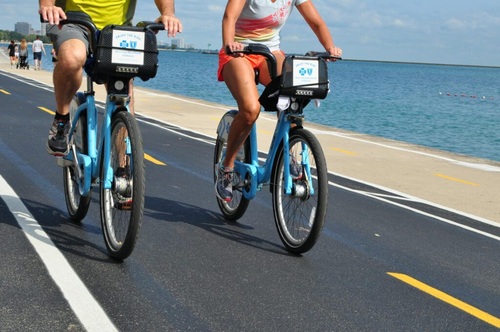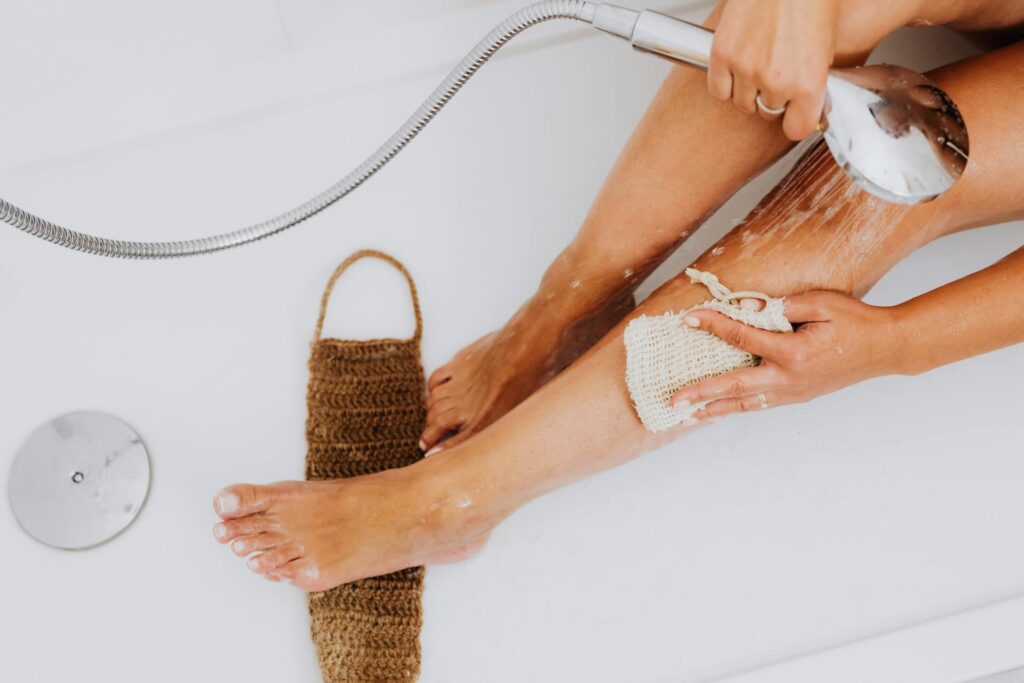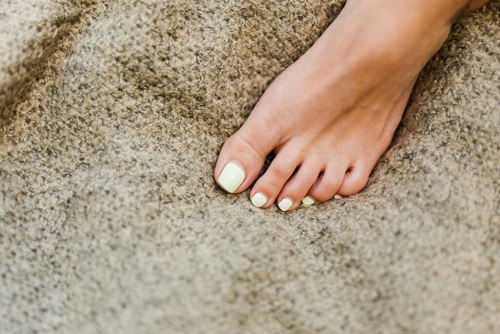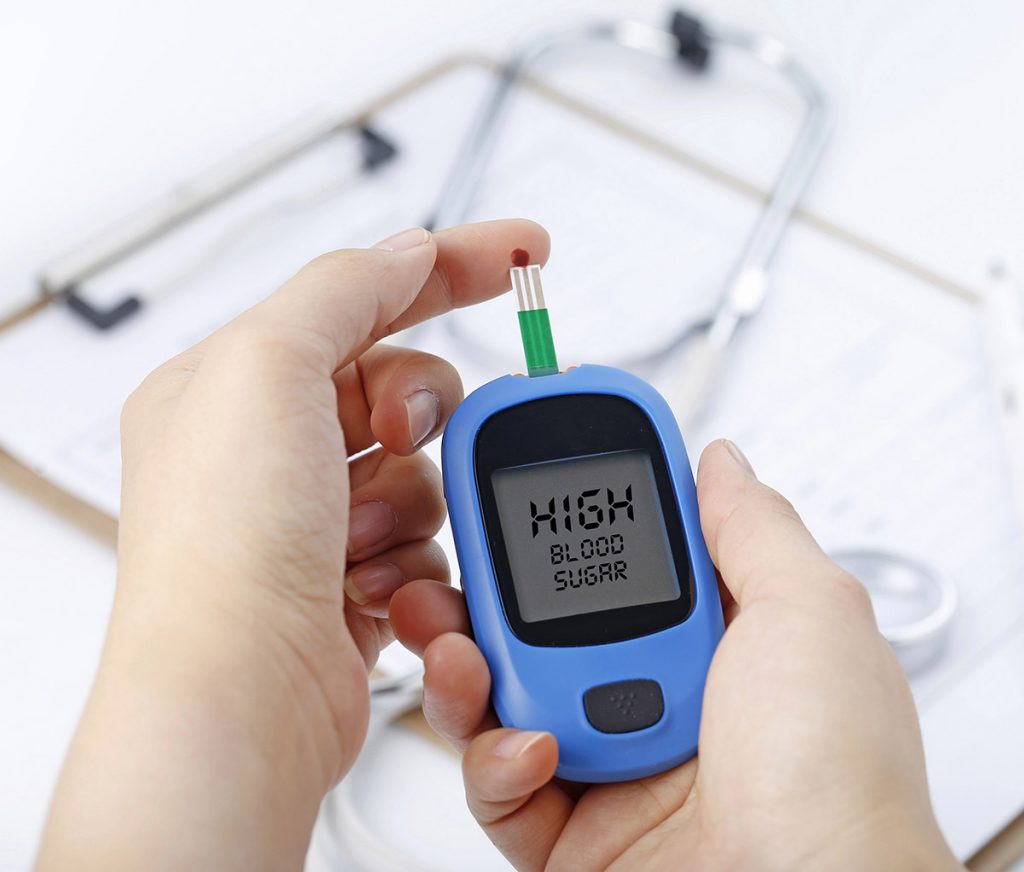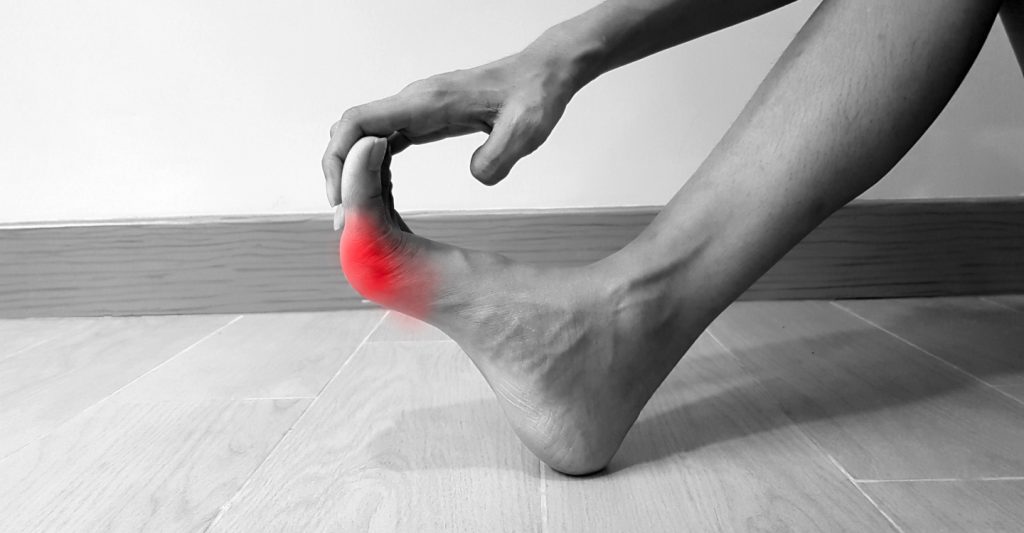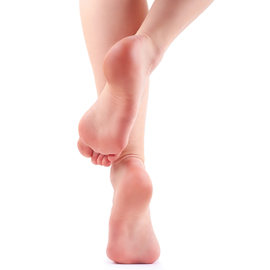
Barefoot shoes are becoming popular. Are they worth it, or just another fad? Here is the breakdown of all you need to know about running in minimalist shoes.
You may have seen them tightly hugging the feet of runners or casual walkers on a hot summer day, with five individual toes resembling the feet of some futuristic robot frog. They’re called barefoot or minimalist shoes and are part of a catching trend in the running world thanks to their less-is-more approach that proponents say makes running more natural and easier. Their popularity has increased dramatically in the few years they’ve been on the market, now accounting for 12 percent of the running shoe market.
Their popularity has also prompted a fair share of controversy and debate, with advocates defending barefoot running’s merits against many detractors. If you plan on running more as a workout, you may be wondering what the big deal is with barefoot running, and whether or not it’s right for you and your feet.
Here’s the lowdown on this striking new trend.
Running Naturally
The barefoot running trend is focused on one basic idea, that the padding and structure of modern running shoes increase your risk of injury and change your gait. Your average pair of running shoes have a soft, thick, raised heel intended to absorb the impact of your heel striking the ground. Barefoot running enthusiasts say that this causes you to land mostly on the rear of your foot, which isn’t equipped to handle the impact, causing many people to become injured—despite the extra padding.
Barefoot runners insist that removing this crutch will help you transition to a running style in which you land primarily on your mid and forefoot, the parts of your feet that are meant to take a pounding. Some studies have supported this idea, showing that the collisional mechanics of the strikes of these parts of the feet do not create the sudden impact of a heel strike whether barefoot or shoed. One recent study at Harvard’s Skeletal Biology lab found that the barefoot and minimal style shoes that many runners use make it easy to run across the hardest of surfaces without any pain from impact.
The concept of running in minimalist shoes makes logical sense. After all, human beings have been running for a lot longer than modern running shoes have been around, so barefoot techniques seem to be the biomechanically proper way for human beings to run. The switch to barefoot shoes has even helped people deal with injuries, with many former runners who thought they would never race again returning to the sport after overcoming knee and joint issues they thought insurmountable by switching to a minimal style shoe.
Why then are there so many critics of barefoot running?
It’s not for everyone
Since barefoot shoes have the potential to change your gait, they can take some getting used to before you experience any benefit. Barefoot running uses the muscles differently than running with traditional shoes and can often cause injury in those who have not yet adapted to it. Their lack of padding also means there’s less cushioning between your feet and the ground, so if you step hard on a sharp rock you’re definitely going to feel it.
Minimalist shoe companies frequently warn that their products require some adaptation time. For example, the popular Vibram FiveFingers brand recommends people adjust gradually over the course of a year before making a final judgment. Because you really have to toughen up your feet and your muscles to make barefoot running work, it may not be as suitable for those who don’t run regularly or fear injury in the initial transitional phase.
Despite the detractors, barefoot running is gaining a lot of steam in running circles. Research into the practice is ongoing, so you’ll be sure to hear more about this interesting trend in the near future.



